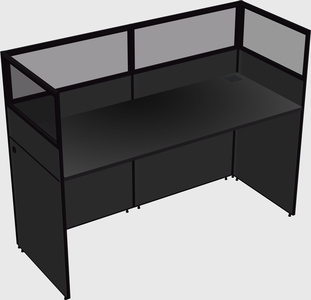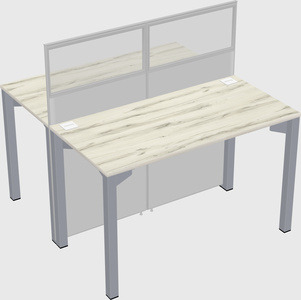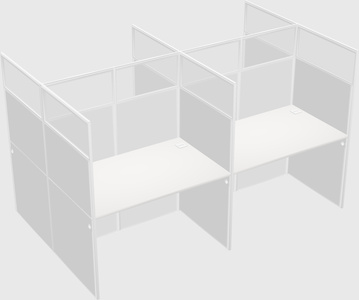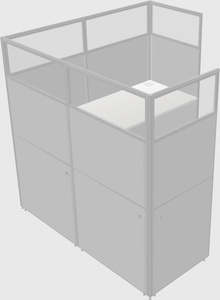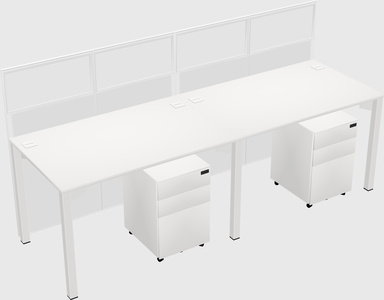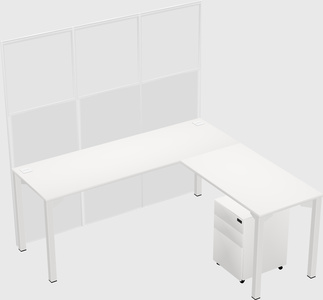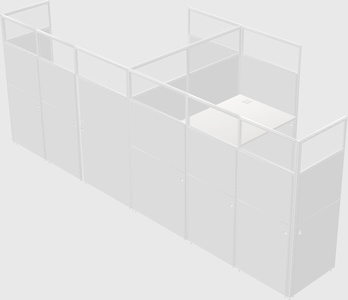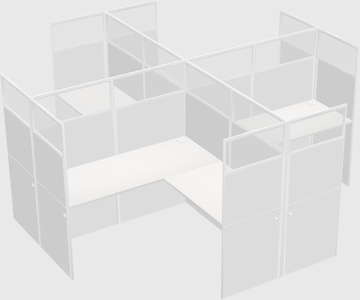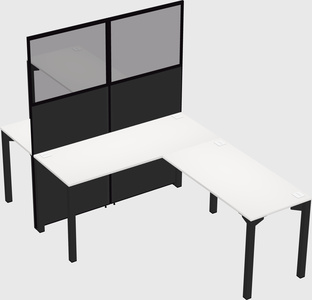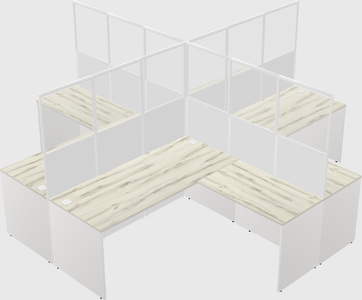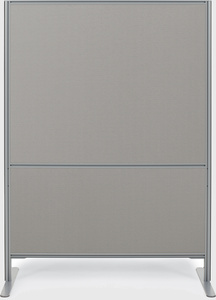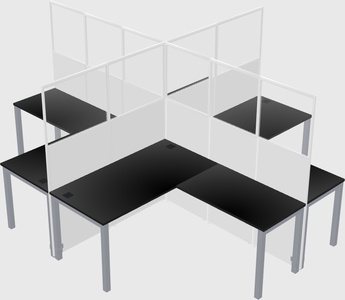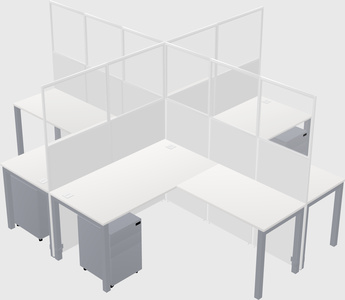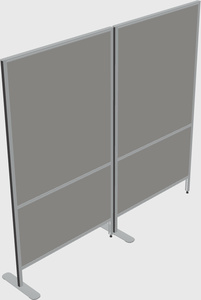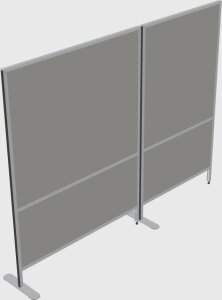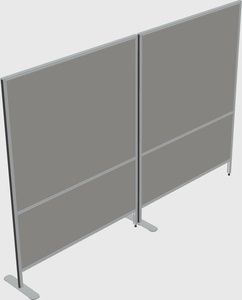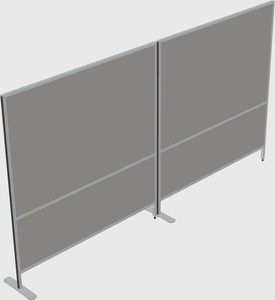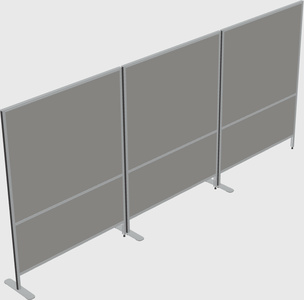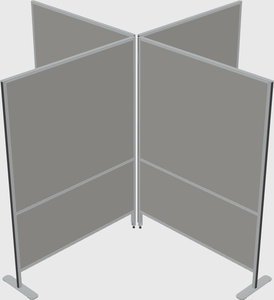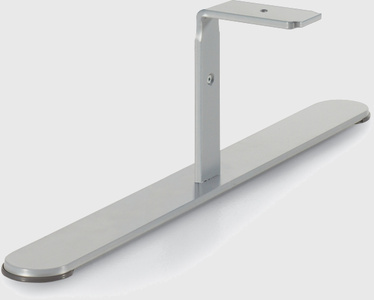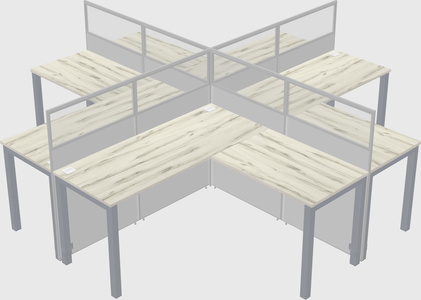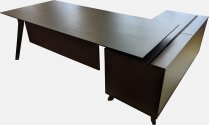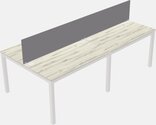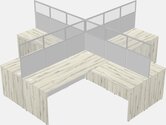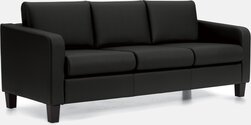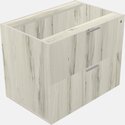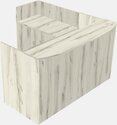Cubicle desks
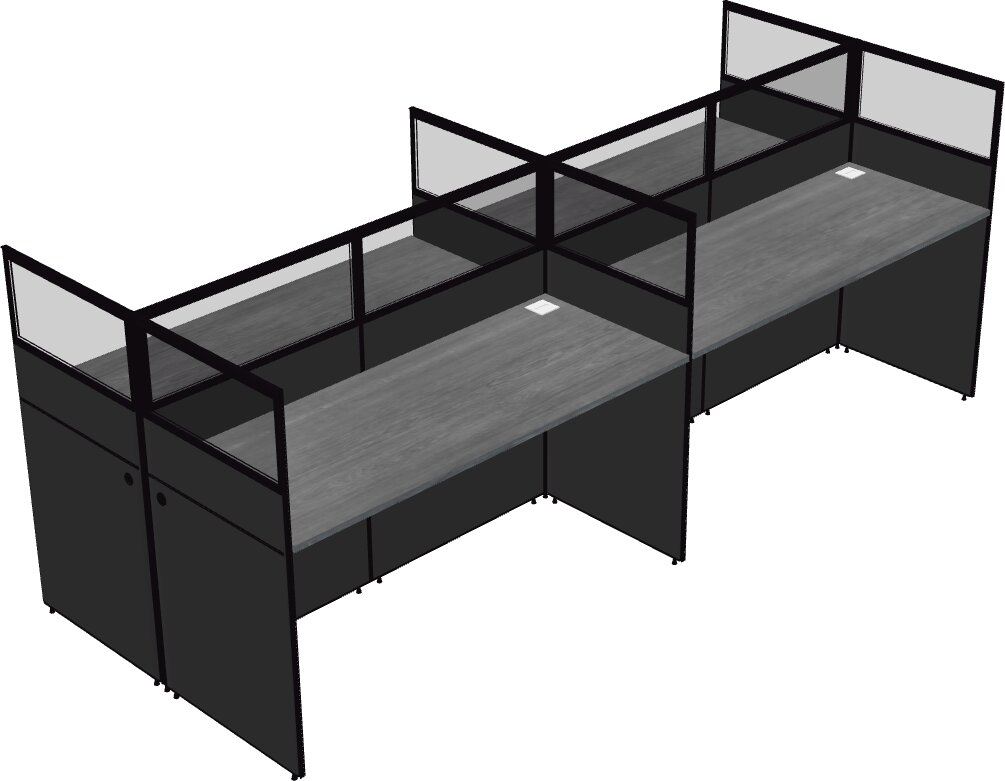 Discover the ultimate solution for a clutter-free and productive workspace with our refreshing selection of cubicle desks. say goodbye to messy and uninspiring workstations and hello to a refreshing and organized office environment. explore our blog post to find out how cubicle desks can transform your work experience.
Discover the ultimate solution for a clutter-free and productive workspace with our refreshing selection of cubicle desks. say goodbye to messy and uninspiring workstations and hello to a refreshing and organized office environment. explore our blog post to find out how cubicle desks can transform your work experience.
The Rise of Cubicle Desks: How They're Changing the Modern Office
When you think of a traditional office, what comes to mind? Rows of cubicles, each with a desk, chair, and computer, right? While this may have been the norm for decades, the rise of cubicle desks has completely transformed the modern office space. In this article, we'll explore the evolution of cubicle desks and how they're changing the way we work.
The Birth of Cubicle Desks
Cubicle desks were first introduced in the 1960s by designer Robert Propst for the furniture company Herman Miller. The idea behind cubicles was to create a more efficient and flexible workspace for employees. Instead of traditional offices with walls and doors, cubicles offered a more open and collaborative environment.
Initially, cubicles were designed to be small, enclosed spaces with high walls to provide privacy and minimize distractions. However, as the concept gained popularity, cubicles evolved to become more open and customizable, with lower walls and modular components that could be rearranged to fit the needs of different employees.
The Benefits of Cubicle Desks
One of the main benefits of cubicle desks is their versatility. They can be easily configured to fit the needs of different employees and departments. For example, a sales team may need more open space for collaboration, while a marketing team may require more privacy for brainstorming and creative work.
Cubicle desks also offer a more cost-effective solution for office design. With traditional offices, walls and doors need to be built, which can be expensive and time-consuming. Cubicles, on the other hand, can be easily assembled and rearranged as needed, making them a more budget-friendly option.
Another advantage of cubicle desks is their ability to promote a more collaborative and inclusive work environment. With lower walls and open spaces, employees are more likely to interact and share ideas, leading to increased productivity and creativity.
The Modern Cubicle Desk
Today, cubicle desks have come a long way from their original design. They now come in a variety of shapes, sizes, and materials, offering a more modern and stylish look. Many companies are also incorporating standing desks and ergonomic features into their cubicles, promoting a healthier and more comfortable work environment.
Furthermore, with the rise of remote work and flexible schedules, cubicle desks have adapted to accommodate these changes. Many cubicles now come equipped with technology and connectivity options, allowing employees to work from anywhere within the office or even from home.
The Future of Cubicle Desks
As the workplace continues to evolve, so will cubicle desks. With the increasing focus on employee well-being and work-life balance, we can expect to see more ergonomic and wellness features incorporated into cubicles. This may include adjustable desks, natural lighting, and even plants to promote a healthier and more productive work environment.
Additionally, as technology advances, we may see more interactive and customizable features in cubicle desks, such as touch screens and voice-activated controls.
In Conclusion
Cubicle desks have come a long way since their inception in the 1960s. They have revolutionized the modern office space, offering a more versatile, cost-effective, and collaborative solution for businesses. As we continue to see changes in the workplace, cubicle desks will undoubtedly adapt and evolve to meet the needs of employees and companies alike.
So, the next time you sit down at your cubicle desk, remember its humble beginnings and how it has transformed the way we work. Who knows what the future holds for cubicle desks, but one thing is for sure – they're here to stay.

